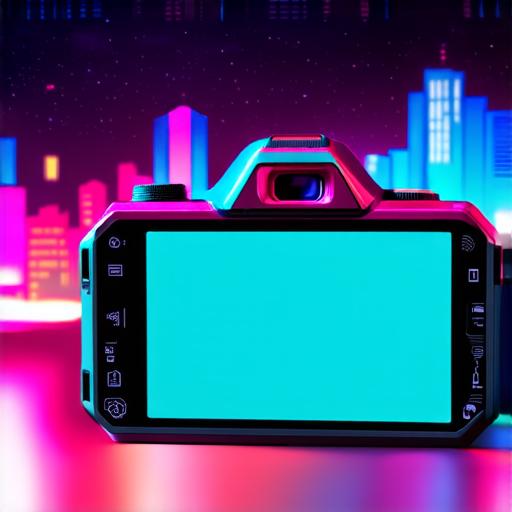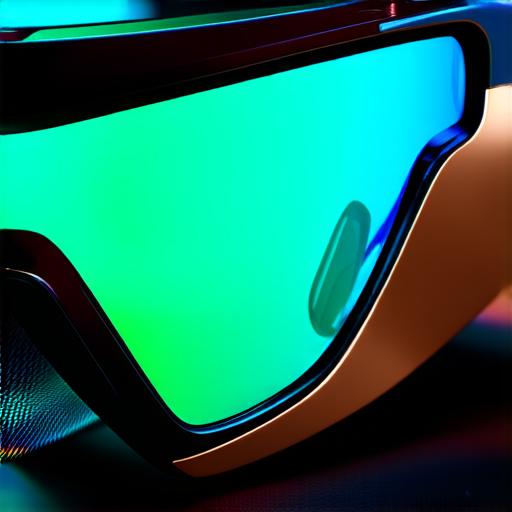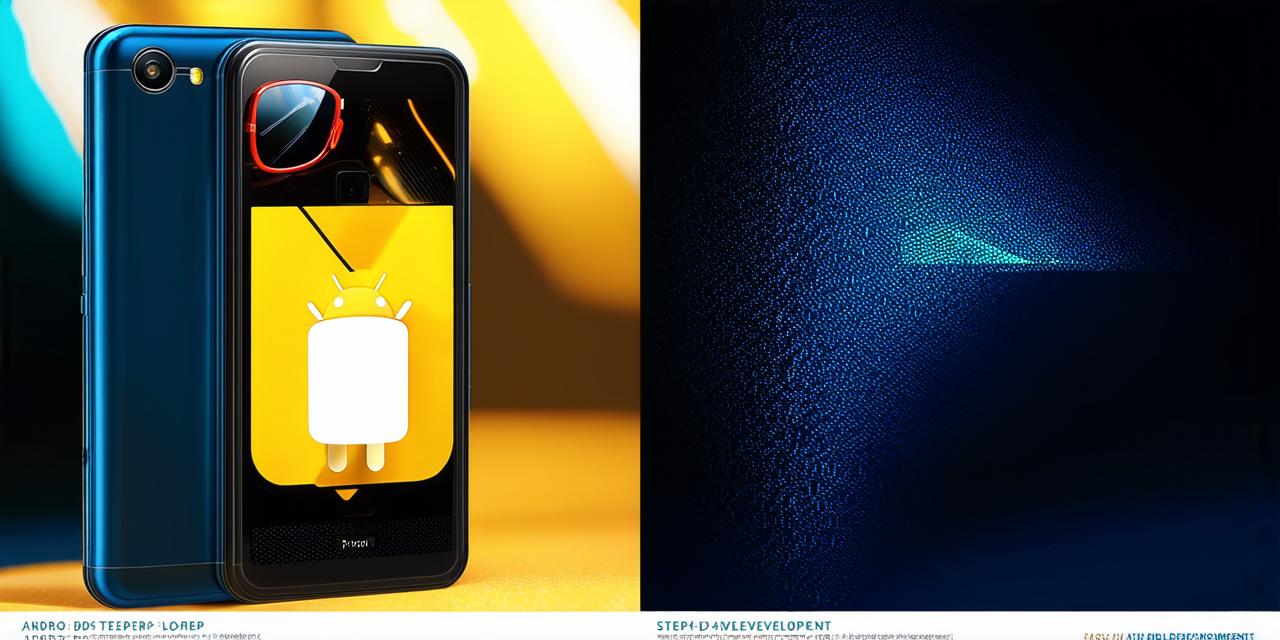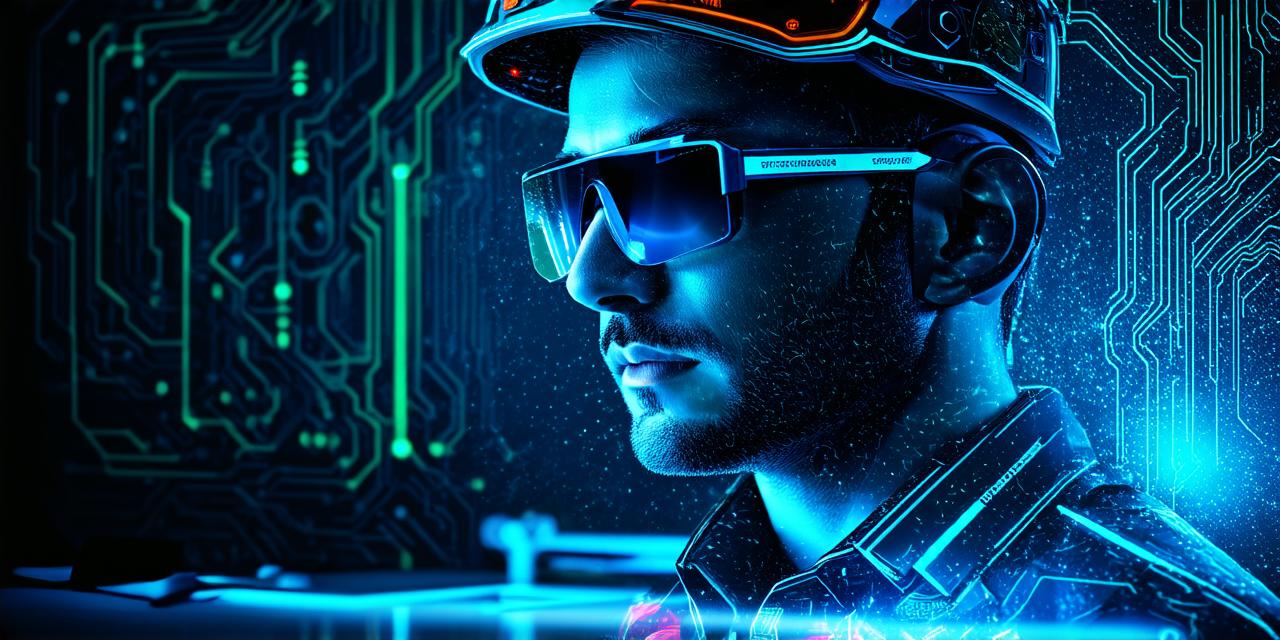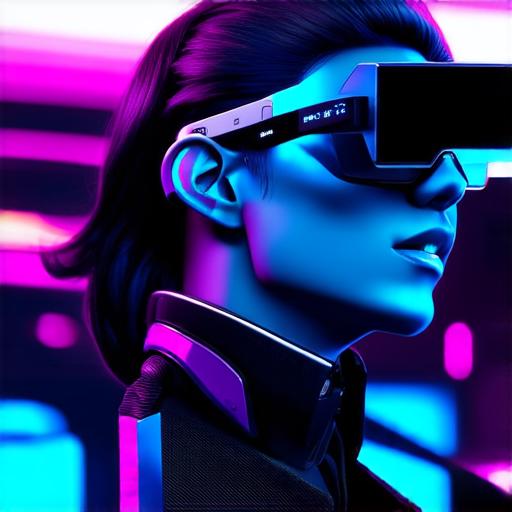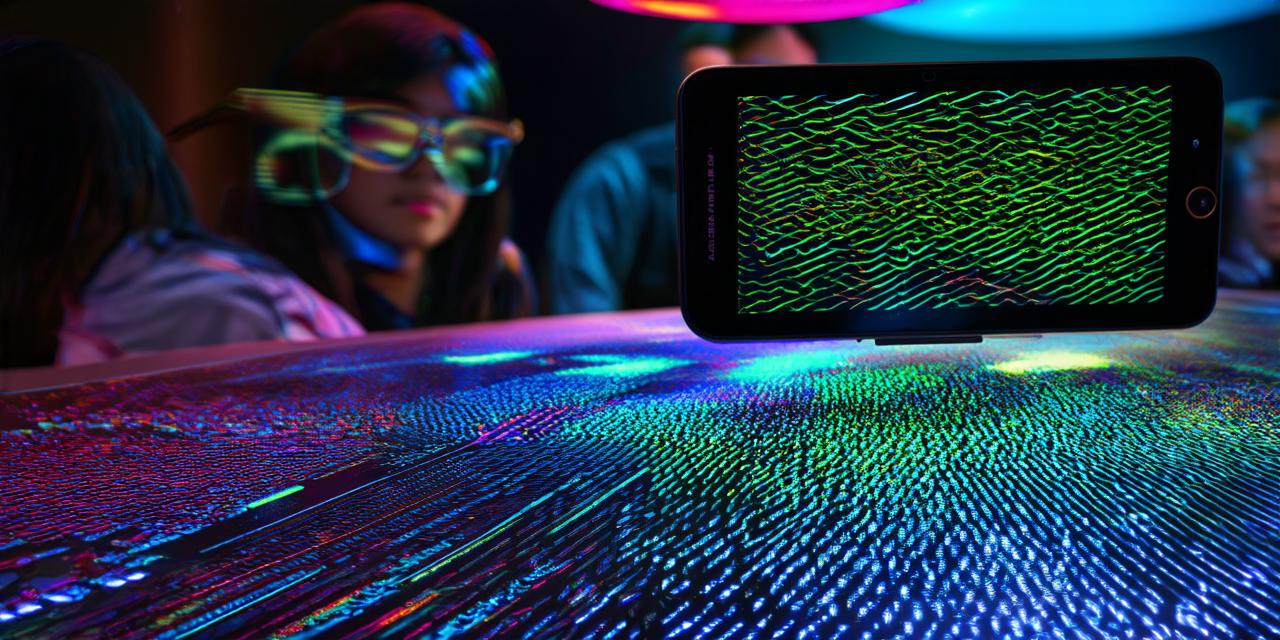Augmented reality (AR) technology has transformed the way we interact with digital content by overlaying computer-generated information on the real world. One of the latest developments in this field is the integration of AR into PDF files, allowing users to view and interact with documents in a more immersive and engaging way.
What is a PDF?
A Portable Document Format (PDF) file is a digital document that can be viewed on any device with a PDF reader installed. These files are often used for sharing documents such as reports, contracts, and presentations, and are designed to be easily printable and editable. However, until recently, PDFs have been relatively static and uninteractive, with users needing to zoom in and out or scroll through pages to view the content.
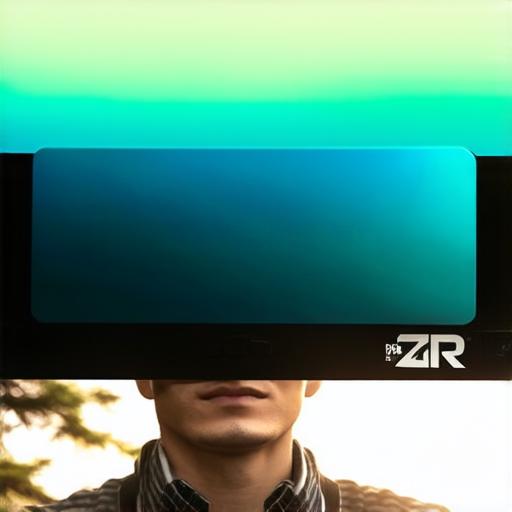
What is an AR PDF?
An augmented reality PDF is a digital document that has been enhanced with AR technology, allowing users to interact with the content in a more immersive and engaging way. With an AR PDF, users can overlay 3D models, animations, and other interactive elements on top of the PDF document, creating a more dynamic and interactive experience.
How does it work?
An AR PDF works by using a combination of computer vision and machine learning algorithms to recognize and track the real world environment around the user. Once the real world environment is identified, the AR technology can overlay digital content onto the real world, creating an immersive and interactive experience for the user.
Applications for AR PDFs
There are many potential applications for AR PDFs across various industries, including education, marketing, and entertainment. In the education sector, AR PDFs can be used to create more interactive and engaging learning experiences, allowing students to explore 3D models of complex concepts or interact with animations that illustrate key principles.
Case studies and personal experiences
One example of an AR PDF in action is the “AR Books” app, which allows users to explore 3D models of books within the context of the app. Users can interact with the 3D models, zooming in and out or turning pages to view different sections of the book. This has been particularly popular among children, who find it an engaging way to learn about different subjects.
Expert opinions and research
According to Dr. David Merrill, an expert in the field of e-learning, AR technology has the potential to revolutionize the way we learn and interact with digital content. He believes that AR PDFs will become increasingly popular as they offer a more engaging and interactive experience for users, allowing them to explore and interact with complex concepts in a more meaningful way.








